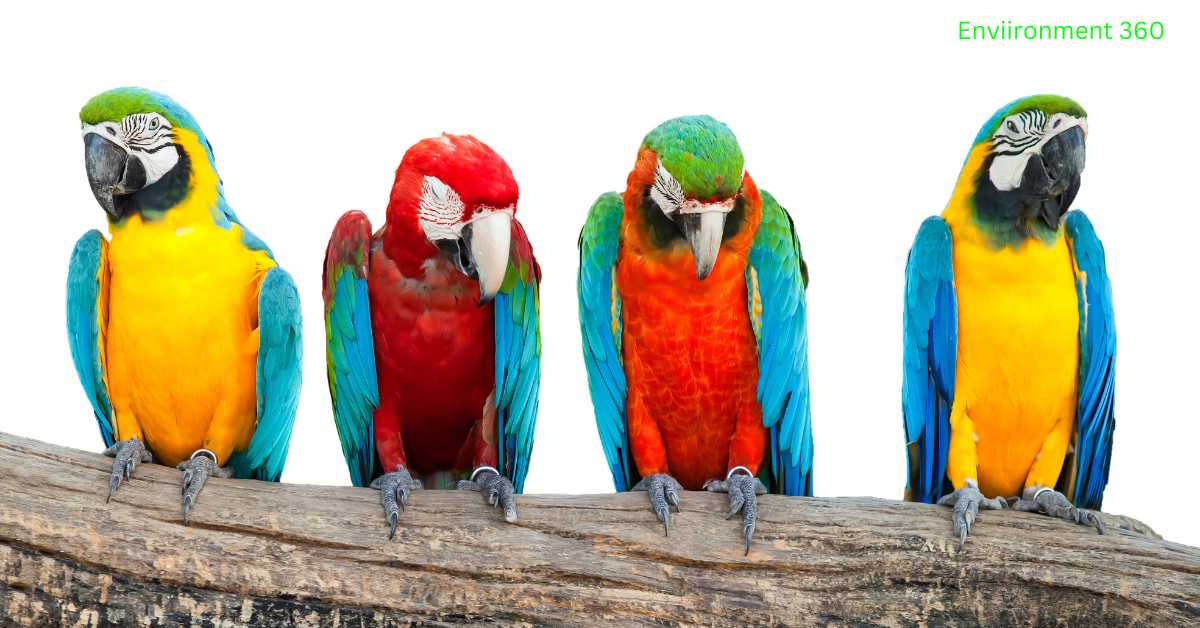Understanding how does a parrot get sun through the feathers involves examining their feather structure and sunbathing habits. Despite their dense plumage, parrots have evolved behaviors and biological traits that allow sunlight to penetrate to their skin.
Feather Positioning During Sunbathing
One way parrots expose their skin to sunlight is by adjusting the position of their feathers. When they sunbathe, parrots fluff their feathers, creating small gaps through which sunlight can reach their skin. This behavior helps them regulate their temperature and allows for UV rays to penetrate their feathers, facilitating vitamin D production.
Parrots may also spread their wings, exposing the less-feathered areas like their chest and underwings. This posture is commonly seen in species that live in open areas with abundant sunlight.
Feather Structure and Light Penetration
Parrot feathers are structured in a way that allows some sunlight to pass through. The contour feathers that cover most of the body are not completely opaque. They are made up of a central shaft and barbs that interlock, but small gaps between these barbs allow sunlight, particularly UV rays, to reach the skin. This structural feature explains how does a parrot get sun through the feathers despite their dense coverage.
Exposure of Featherless Areas
In addition to their specialized feather structure, parrots also have areas on their bodies where feathers are sparse or absent, known as apteria. These bare patches between feather tracts are particularly useful during sunbathing, as they allow direct exposure to sunlight.
For example, the face, legs, and certain parts of the wings of many parrot species have fewer feathers, making it easier for the birds to absorb sunlight efficiently.
Parrot Sunbathing Behavior
Now that we understand how does a parrot get sun through the feathers, it’s important to explore their sunbathing behaviors, which vary across species but share common purposes. These behaviors are critical for their physical and mental well-being.
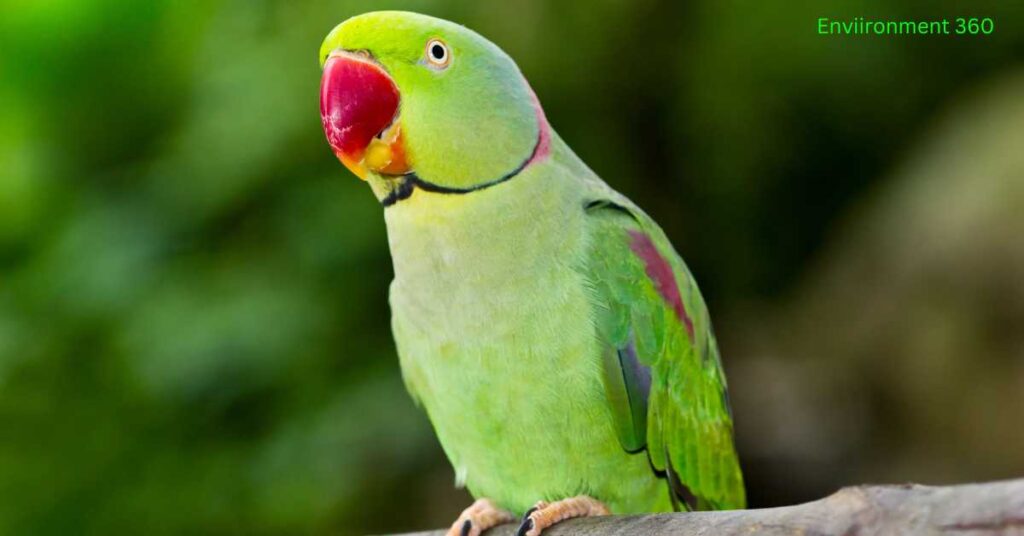
Typical Sunbathing Postures
When parrots sunbathe, they often adopt specific postures to maximize sunlight exposure. Some common behaviors include:
- Wing Stretching: Parrots stretch out their wings to expose the less-feathered areas to the sun. This posture allows sunlight to reach the skin beneath the wings.
- Feather Fluffing: By fluffing their feathers, parrots create space for sunlight to reach their skin. This is a key way how parrots get sun through their feathers.
- Tilting the Head: Parrots may tilt their heads to expose their face, neck, and even the crown of their head to the sun.
These postures, while varying slightly between species, show exactly how does a parrot get sun through the feathers to maximize their sun exposure.
Social Aspect of Sunbathing
Sunbathing is often a social activity among parrot species. Wild parrots are known to gather in flocks while sunning, reinforcing their social bonds. Communal sunbathing can help reduce stress and provide safety in numbers against predators.
Additionally, group sunbathing helps parrots communicate and form stronger social structures. Sharing the sun can be a bonding activity, essential for their survival in the wild.
Sunlight and Parrot Plumage
The vivid colors of parrot plumage are another key reason why sunlight is so important. But how does a parrot get sun through its feathers to maintain such vibrant colors? It’s all thanks to their feathers’ interaction with sunlight.
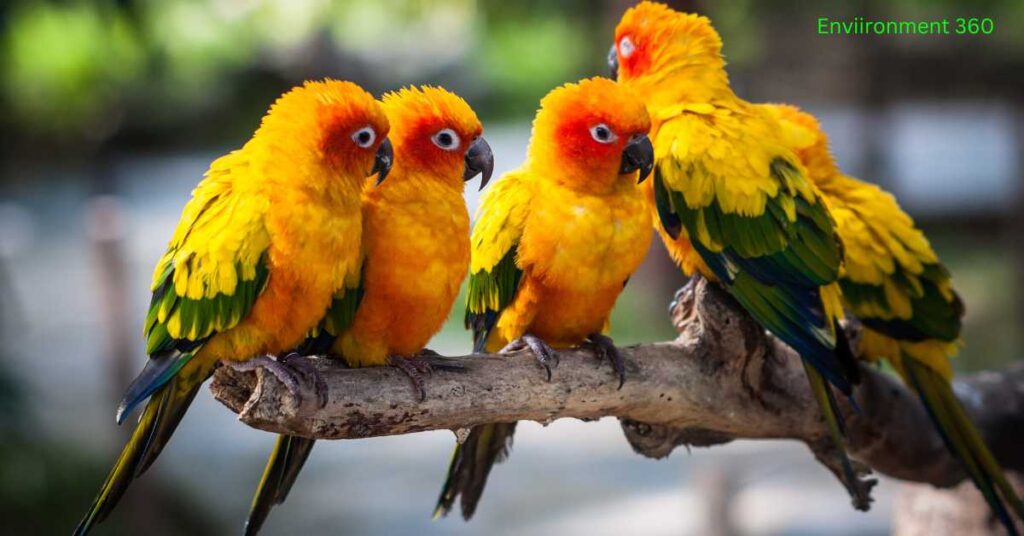
UV Light and Feather Coloration
Many parrot species have feathers that reflect ultraviolet light, which is visible to other birds but not to humans. This UV reflectance is crucial for attracting mates, as bright and colorful feathers indicate good health and vitality. Sun exposure helps maintain these colors by enhancing the pigments in the feathers.
Parrots that receive ample sunlight often have more vibrant feathers, which play an essential role in mating and social interactions.
Preening and Feather Care
Preening after sun exposure is essential for parrots. As part of their sunbathing routine, parrots spread oils from their uropygial gland across their feathers, which helps protect against the harmful effects of UV radiation. This natural “sunscreen” ensures that their feathers remain strong and less prone to damage from the elements.
Environmental Factors Influencing Parrot Sunbathing
Sun exposure is influenced by several environmental factors, including habitat, season, and climate. Parrots have evolved to adapt their sunbathing habits to the environment they live in, and understanding these adaptations helps explain how parrots get sun through their feathers in different conditions.
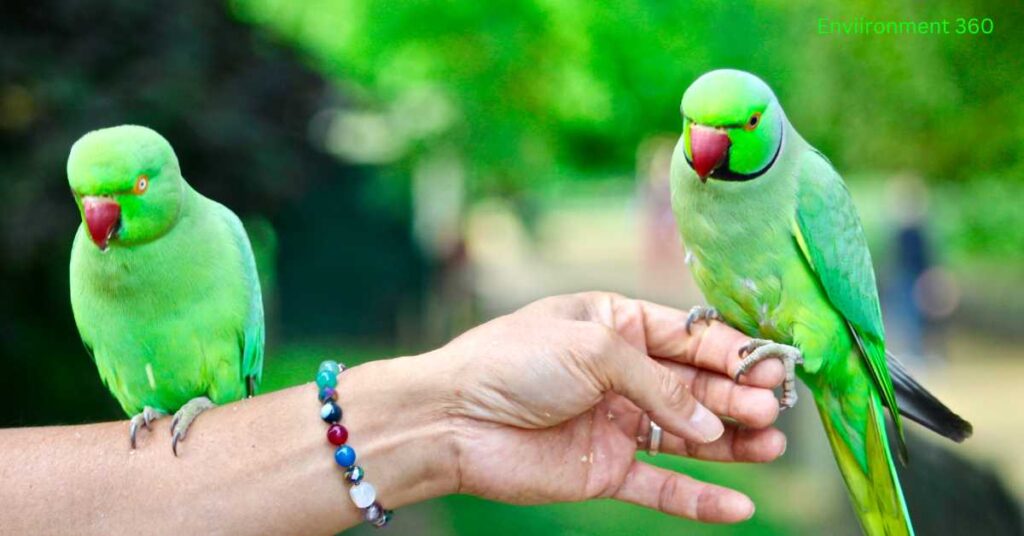
Habitat and Sunlight Availability
Parrots live in diverse habitats, ranging from tropical rainforests to savannas. In dense forests, access to direct sunlight can be limited by the canopy, and parrots may sunbathe in open clearings. In more open habitats, such as grasslands, sunlight is more readily available, allowing for extended sunbathing sessions.
For parrots living in forested areas, sunbathing may be a more deliberate and planned activity, occurring when they find a break in the tree cover.
Seasonal Changes and Sunlight Patterns
Seasonal changes can also affect how parrots sunbathe. In tropical regions with distinct wet and dry seasons, parrots may adjust their sunbathing habits based on the availability of sunlight. During the dry season, when the skies are clearer, parrots can sunbathe for longer periods. During the rainy season, they may need to take advantage of shorter periods of sun exposure.
This adaptability helps explain how does a parrot get sun through the feathers even in varying environmental conditions.
Ecological Role of Parrot Sunbathing
Sunbathing is not only crucial for the health of individual parrots, but it also plays an important role in the ecological dynamics of parrot populations. By maintaining healthy feathers, thermoregulation, and vitamin D levels, sun exposure ensures that parrots can fulfill their ecological roles effectively.

Reproduction and Mate Selection
Feather quality is an important factor in mate selection among parrots, and sunlight plays a direct role in maintaining vibrant and healthy feathers. Parrots with well-maintained plumage are more likely to attract mates, making sunbathing essential for reproductive success.
Seed Dispersal and Ecosystem Health
Many parrot species act as seed dispersers, contributing to the health of their ecosystems. Healthy, active parrots are more effective foragers, ensuring the continuation of plant species in their habitats. Sunbathing helps maintain their energy levels and health, indirectly supporting their role as seed dispersers.
Conservation Implications
The importance of sunlight to parrots also has significant conservation implications. Habitat destruction, deforestation, and climate change threaten the availability of sunlight for wild parrot populations. If these birds lose access to their sunbathing spots, it can have a negative impact on their health and reproductive success.
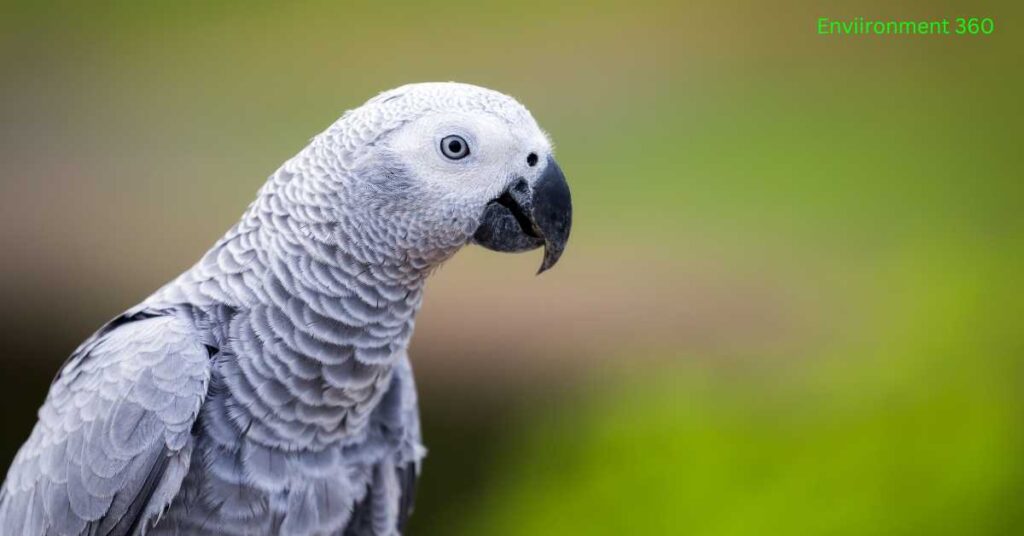
Impact of Habitat Loss
As forests are cleared for agriculture or urban development, parrots may struggle to find safe places to sunbathe. This disruption of natural behaviors highlights the need for conservation efforts to protect the habitats that provide parrots with the sunlight they need.
Climate Change and Weather Patterns
Climate change, with its unpredictable weather patterns, can affect the availability of sunlight. Increased cloud cover, prolonged droughts, or extreme heat can make it difficult for parrots to sunbathe safely. Conservationists must consider these factors when planning for the future of parrot species in the wild.
Conclusion
Sunlight is essential for parrots, playing a vital role in their health, behavior, and ecological functions. Despite their dense feathers, parrots have evolved remarkable ways to absorb sunlight, ensuring they receive the necessary benefits for vitamin D production, feather maintenance, and thermoregulation.
Understanding how does a parrot get sun through the feathers helps us appreciate the complex relationship between these birds and their environment. As human activities continue to threaten natural habitats, conservation efforts must prioritize preserving the spaces where parrots can thrive and receive the sunlight they need for survival. By protecting their habitats, we can ensure that parrots continue to play their essential roles in the ecosystems they inhabit. Hope this article would have answered your question of how does a parrot get sun through the feathers.
Read More: Bird Talons: The Ultimate Tools of Survival in the Avian World

